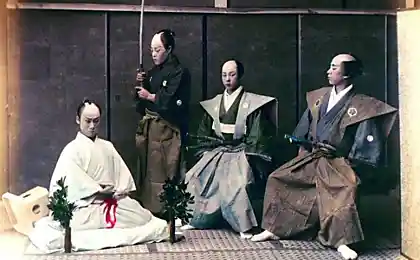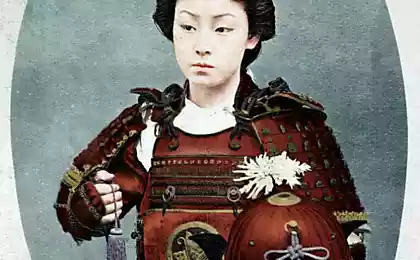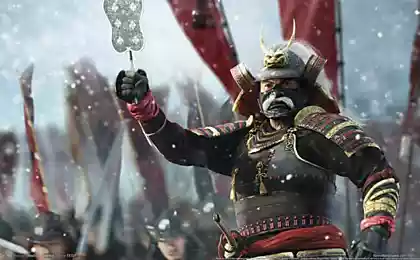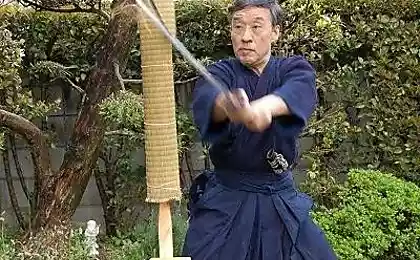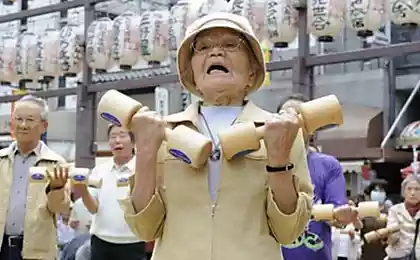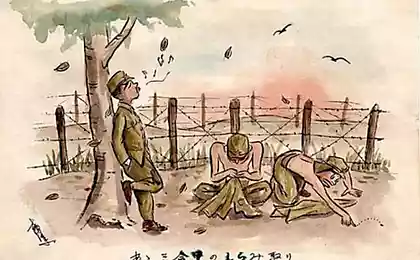1351
Onno-Bugei - female Japanese samurai

It was not just the women, and the upper class ladies of Japan, often quite attractive. Marry this girl was doubly useful, because even if her husband was not there, she could not only protect your home and family, but to maim enemies neuznavaemosti.Vprochem looking at their resolute faces in these photographs, it is difficult to believe that someone then he dared to test their abilities. < Website shares with his readers the history of female samurai.
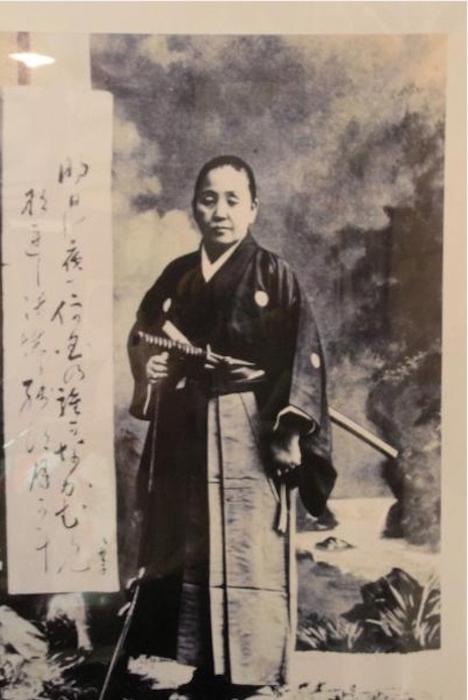
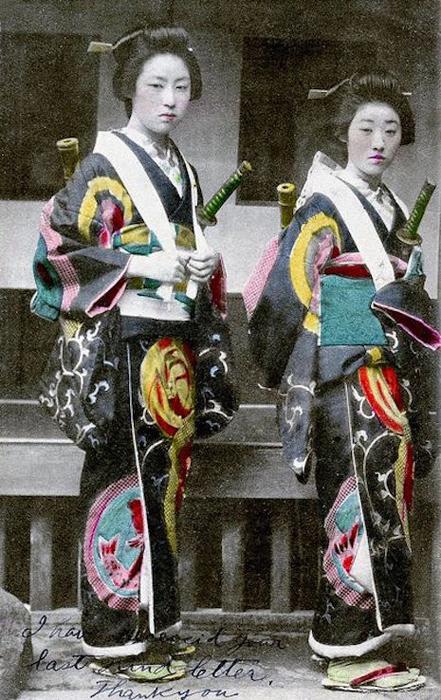
Strictly speaking, the name "Samurai Woman" is not entirely correct, as the title of "Samurai" could only get a man. Women were called "Onno-Bugei". They are often involved in fights alongside men samurai. However, participation in the epic battles they are not expected (although welcome): Onno-Bugei had to be always ready to defend his family, his home, his honor, as well as teach the basics of combat
their children.
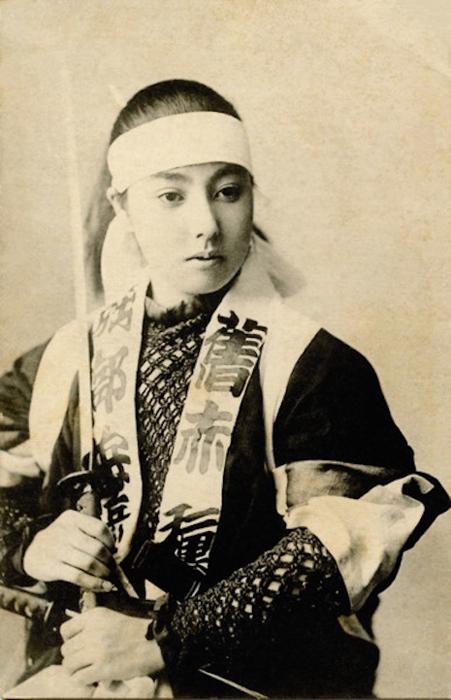

While both male samurai katana used in women there was a spear. To them it ought to attack the intruders breaking into her house. However, in the course of training, Onno-Bugei also taught to use a spear yari, ropes, naginata (long sword), as well as chains. For belt in Onno-Bugei, as a rule, there was a short dagger (kaiken), which was used in the melee, as well as for throwing. This girl got a knife in the ritual celebration of her age (12 years).
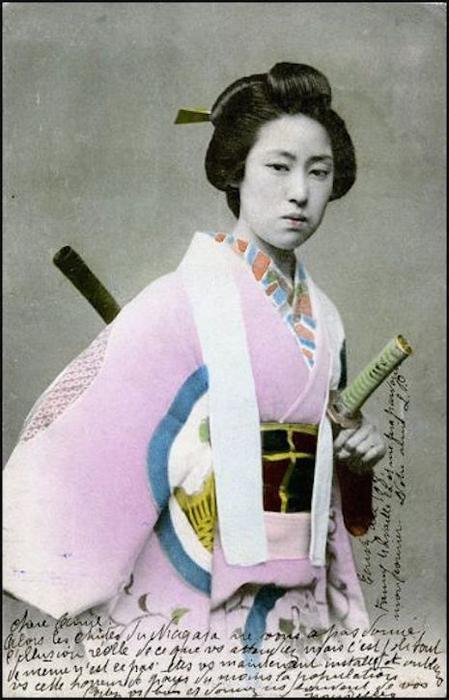

Initially, women martial arts training was a necessary measure for the community, which did not have enough fighters male. Although known and very remarkable life stories tionally-Bugei.
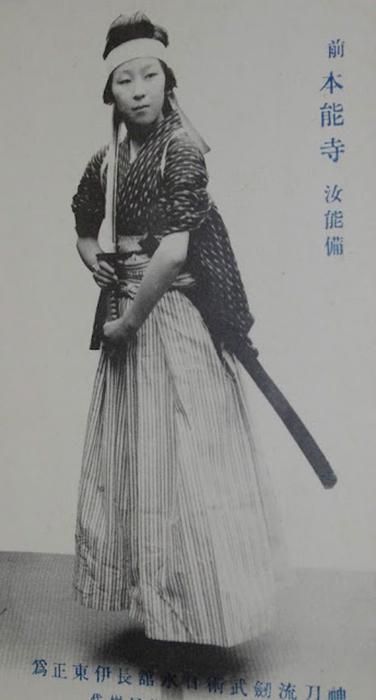

Perhaps the most famous "female samurai" was Empress Jingu, the wife of the ruler of the 14th dynasty, Yamato (170 years - 269 years BC..). After the death of her husband, she became regent for his son Odzine, and in fact ruled the country for almost 70 years. She led troops against the South Korean Silla, established diplomatic relations with other South Korean state Baekje.
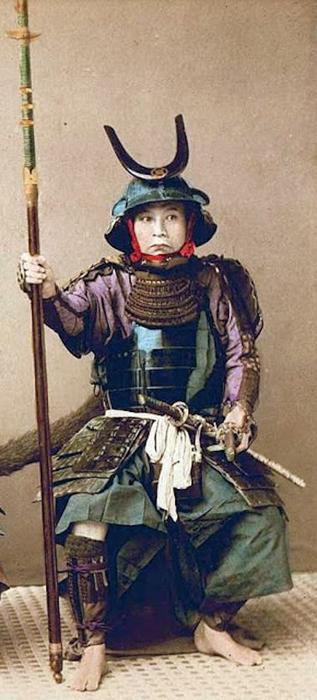



via www.kulturologia.ru/blogs/080216/28351/
"I do not like the pack": the best quotes about life and Cord country.
What you should know before making a tattoo: 10 tips for tattoo artists


